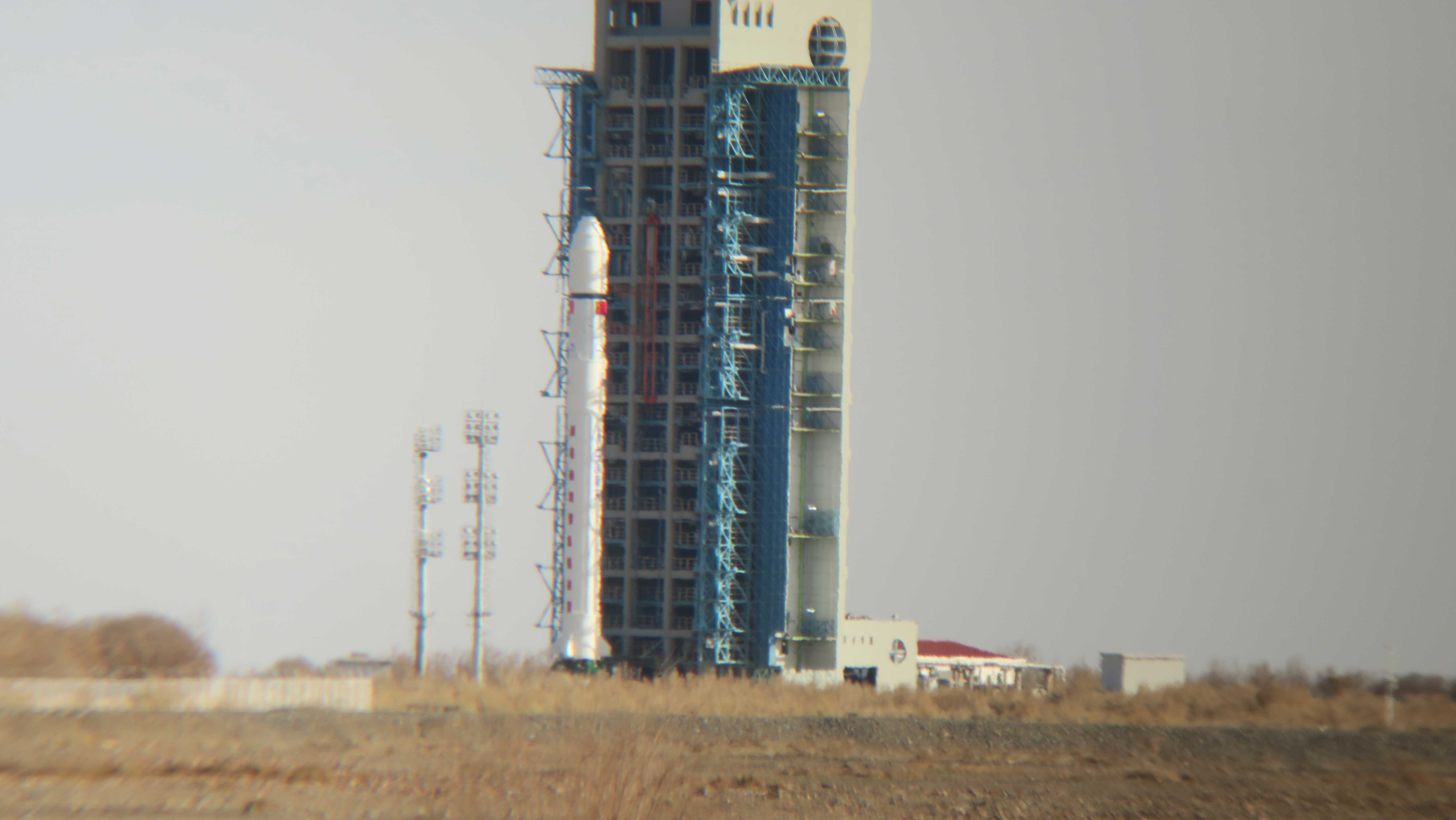 CSES, China Seismo-Electromagnetic Satellite to observe the Earth, was successfully launched on 2 February from the China-based Jiuquan Satellite Launch Centre, in the Gobi desert (inner Mongolia). The satellite was built by the China Space Agency (CNSA) to develop on a global scale new methods to study geophysical phenomena, such as earthquakes and volcanic eruptions. One of the leading tools onboard the CSES mission, known as Zhangheng 1, is the High Energic Particle Detector (HEPD), built by the Italian researchers of the “LIMADOU collaboration”, which takes its name from Matteo Ricci, known in Mandarin as Li Madou, a missionary and explorer of China in the sixteenth century. The aim is to study the existence of possible time and space correlations between seismic events and the observation of both iono-magnetospheric perturbations and the anomalous precipitation of particles from the Van Allen inner belts. Italy’s main players are, together with the INFN, the Italian Space Agency (ASI), the Universities of Bologna, Roma Tor Vergata, Trento and Uninettuno, the National Institute for Astrophysics (INAF) through the INAF-IAPS institute and the CNR with IFAC. The National Institute of Geophysics and Volcanology (INGV) also contributes to the project.
CSES, China Seismo-Electromagnetic Satellite to observe the Earth, was successfully launched on 2 February from the China-based Jiuquan Satellite Launch Centre, in the Gobi desert (inner Mongolia). The satellite was built by the China Space Agency (CNSA) to develop on a global scale new methods to study geophysical phenomena, such as earthquakes and volcanic eruptions. One of the leading tools onboard the CSES mission, known as Zhangheng 1, is the High Energic Particle Detector (HEPD), built by the Italian researchers of the “LIMADOU collaboration”, which takes its name from Matteo Ricci, known in Mandarin as Li Madou, a missionary and explorer of China in the sixteenth century. The aim is to study the existence of possible time and space correlations between seismic events and the observation of both iono-magnetospheric perturbations and the anomalous precipitation of particles from the Van Allen inner belts. Italy’s main players are, together with the INFN, the Italian Space Agency (ASI), the Universities of Bologna, Roma Tor Vergata, Trento and Uninettuno, the National Institute for Astrophysics (INAF) through the INAF-IAPS institute and the CNR with IFAC. The National Institute of Geophysics and Volcanology (INGV) also contributes to the project.






